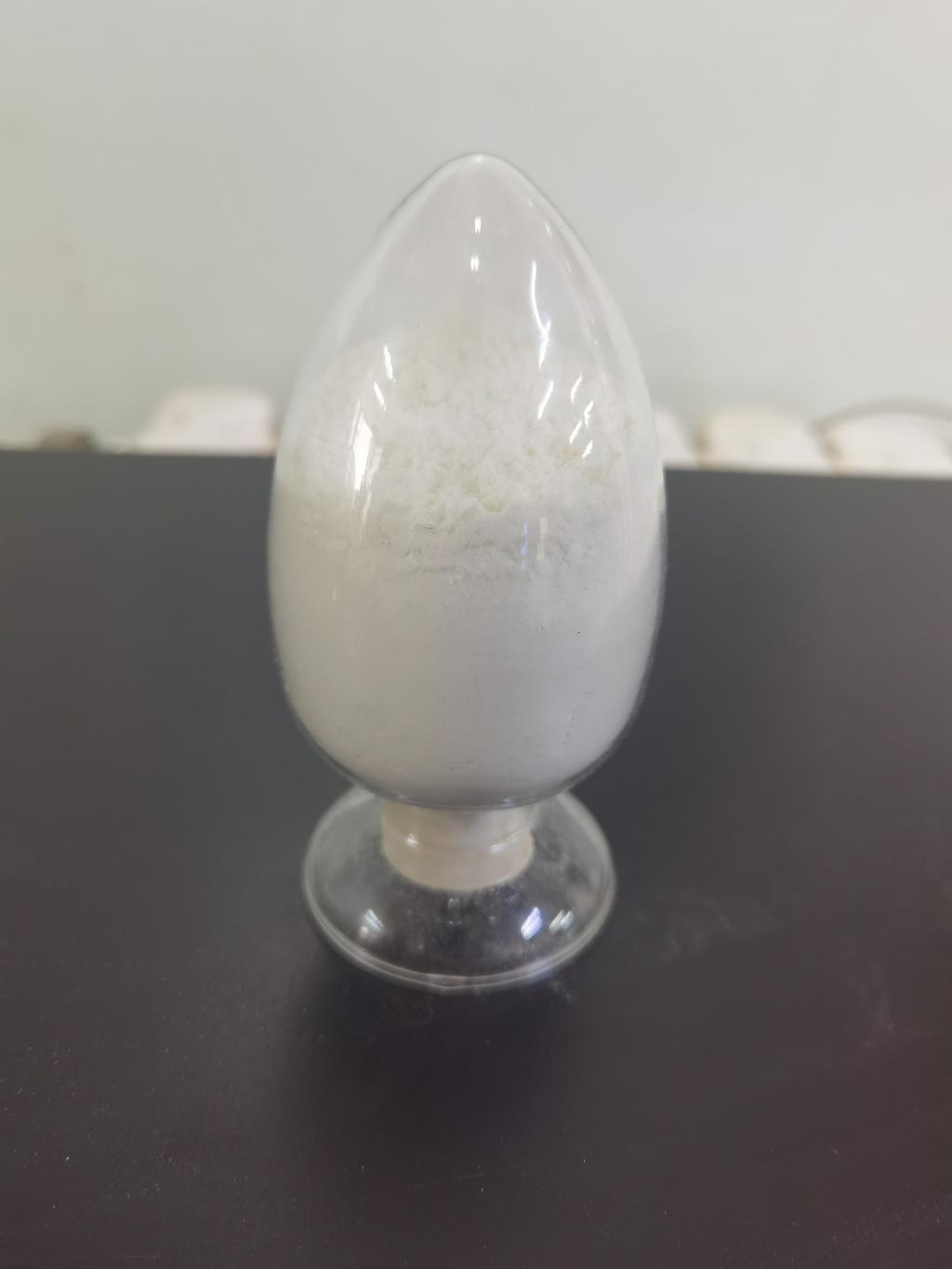Tel:+8618231198596

News
 CONTACT
CONTACT
 CONTACT
CONTACT
- Linkman:Linda Yao
- Tel: +8618231198596
- Email:linda.yao@dcpharma.cn
- Linkman:CHARLES.WANG
- Department:Overseas
- Tel: 0086 0311-85537378 0086 0311-85539701
News
Are there any specific considerations for the use of ε-Polylysine hydrochloride in dairy products?
TIME:2023-07-25
Introduction
Dairy products, such as milk, cheese, and yogurt, are essential components of the human diet, providing valuable nutrients and health benefits. However, their high moisture content and nutrient-rich composition also make them susceptible to microbial contamination and spoilage. Preservatives play a critical role in extending the shelf life of dairy products and ensuring their safety and quality. ε-Polylysine hydrochloride, a natural antimicrobial peptide, has emerged as a potential preservative for dairy products due to its broad-spectrum antimicrobial activity and safety profile.
Antimicrobial Efficacy in Dairy Products
2.1. Inhibition of Spoilage Organisms
Dairy products are vulnerable to spoilage caused by bacteria, yeasts, and molds. ε-Polylysine hydrochloride has demonstrated strong inhibitory effects against these spoilage organisms, effectively prolonging the shelf life of dairy products.
2.2. Control of Pathogenic Bacteria
Certain pathogenic bacteria, such as Listeria monocytogenes and Staphylococcus aureus, can pose serious health risks if present in dairy products. ε-Polylysine hydrochloride has been shown to effectively control the growth of these pathogens, enhancing product safety.
Impact on Dairy Product Quality
3.1. Flavor and Taste
Preservatives can potentially alter the flavor and taste of dairy products. Sensory evaluations are essential to determine the optimal dosage of ε-Polylysine hydrochloride to minimize any undesirable effects on product taste.
3.2. Texture and Mouthfeel
The addition of preservatives, including ε-Polylysine hydrochloride, can influence the texture and mouthfeel of dairy products. Proper formulation and dosage optimization are crucial to maintain desired product characteristics.
3.3. Color and Appearance
Changes in color and appearance may occur in dairy products containing ε-Polylysine hydrochloride. Careful formulation and processing can mitigate any visual alterations.
Regulatory Considerations
4.1. GRAS Status
In the United States, ε-Polylysine hydrochloride has received Generally Recognized as Safe (GRAS) status for use in food products, including dairy. Compliance with GRAS status ensures its safety for consumers.
4.2. Maximum Permissible Levels
Regulatory authorities specify the maximum permissible levels of ε-Polylysine hydrochloride in dairy products to ensure its safe and effective use without exceeding acceptable daily intake levels.
4.3. Labeling Requirements
Proper labeling of dairy products containing ε-Polylysine hydrochloride is essential to inform consumers and comply with regulatory guidelines.
Considerations for Specific Dairy Products
5.1. Milk and Milk-Based Beverages
The application of ε-Polylysine hydrochloride in milk and milk-based beverages must consider its potential impact on taste and sensory attributes, as well as its stability during processing and storage.
5.2. Cheese
Cheese is a complex dairy product with varying degrees of acidity, moisture content, and microbial populations. The compatibility of ε-Polylysine hydrochloride with different cheese types must be carefully evaluated.
5.3. Yogurt and Fermented Dairy Products
Yogurt and other fermented dairy products have unique microbiological characteristics. The compatibility of ε-Polylysine hydrochloride with probiotic cultures and the fermentation process requires careful investigation.
Consumer Acceptance and Perception
6.1. Clean-Label Trend
The growing consumer preference for clean-label and natural ingredients may influence the acceptance of ε-Polylysine hydrochloride as a preservative in dairy products.
6.2. Safety Perception
Consumer perception of ε-Polylysine hydrochloride as a safe and effective preservative will depend on accurate and transparent information provided through proper labeling and communication.
Production and Processing Considerations
7.1. Stability and Compatibility
The stability and compatibility of ε-Polylysine hydrochloride with dairy product formulations, processing methods, and storage conditions need to be thoroughly assessed.
7.2. Dosage Optimization
Determining the optimal dosage of ε-Polylysine hydrochloride to achieve effective preservation without compromising product quality is crucial.
Conclusion
ε-Polylysine hydrochloride holds significant promise as a natural preservative in dairy products, effectively inhibiting spoilage organisms and pathogenic bacteria to extend shelf life and enhance product safety. As the dairy industry seeks alternative preservative solutions, careful consideration of factors such as product quality, regulatory compliance, and consumer perception will be critical. Continued research and development, along with collaboration between the industry and regulatory agencies, will facilitate the successful integration of ε-Polylysine hydrochloride as a safe and effective preservative in various dairy products. By harnessing the potential of ε-Polylysine hydrochloride, the dairy industry can meet consumer demands for longer-lasting, high-quality products while ensuring their safety and nutritional value.
- Tel:+8618231198596
- Whatsapp:18231198596
- Chat With Skype







